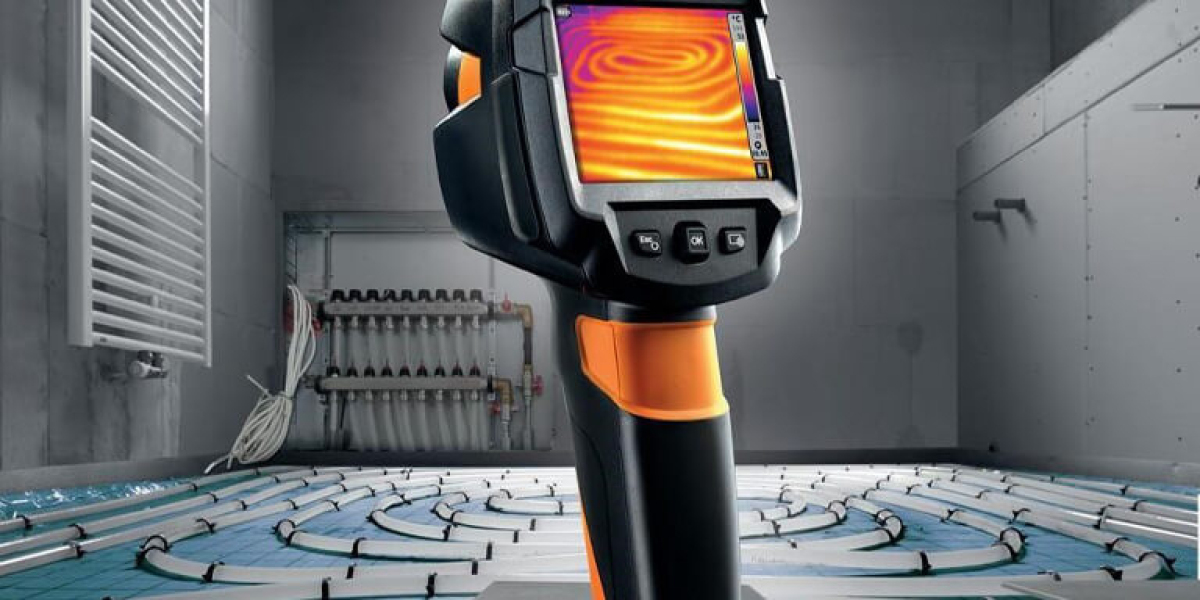The Schrader valve is a crucial component in various automotive and industrial applications, primarily serving as a tire valve. Understanding its anatomy and functionality can enhance your knowledge of vehicle maintenance and performance. This article delves into the components of the Schrader valve, its working mechanism, and its significance in the automotive industry.

What is a Schrader Valve?
A Schrader valve is a type of valve that allows for the inflation and deflation of tires and other inflatable objects. It is commonly found in car tires, bicycle tires, and even in some air conditioning systems. But what makes this valve so essential? Its design facilitates easy access for air pumps while preventing air from escaping.
Components of a Schrader Valve
The structure of a Schrader valve consists of several key components:
- Valve Body: The main structure that houses the internal components.
- Spring: This component keeps the valve closed when not in use, preventing air loss.
- Pin: The pin is depressed when a pump is attached, allowing air to flow in or out.
- Seal: A rubber seal ensures that the valve remains airtight.
Each of these components plays a vital role in the overall functionality of the Schrader valve. Without the spring, for instance, the valve would not maintain its closed position, leading to air leakage.
How Does a Schrader Valve Work?
The operation of a Schrader valve is relatively straightforward. When you attach an air pump, the pin inside the valve is pushed down, allowing air to enter the tire. Conversely, when you remove the pump, the spring pushes the pin back up, sealing the valve and preventing air from escaping. This simple yet effective mechanism is what makes the Schrader valve a popular choice in various applications.
Applications of Schrader Valves
While primarily associated with tires, the Schrader valve has several other applications:
- Automotive air conditioning systems
- Refrigeration units
- Inflatable sports equipment
- Industrial air systems
Understanding these applications can help you appreciate the versatility of the Schrader valve in different fields.
Maintaining Your Schrader Valve
To ensure optimal performance, regular maintenance of the Schrader valve is essential. Check for any signs of wear or damage, and replace the valve if necessary. Additionally, using high-quality air fittings can enhance the longevity of your valve. For a range of reliable air fittings, consider visiting  .
.
Conclusion
In summary, the Schrader valve is a vital component in many systems, particularly in automotive applications. By understanding its anatomy and functionality, you can better appreciate its role in vehicle maintenance and performance. Whether you are a car enthusiast or a casual driver, knowledge of the schrader valve can enhance your overall automotive experience.








